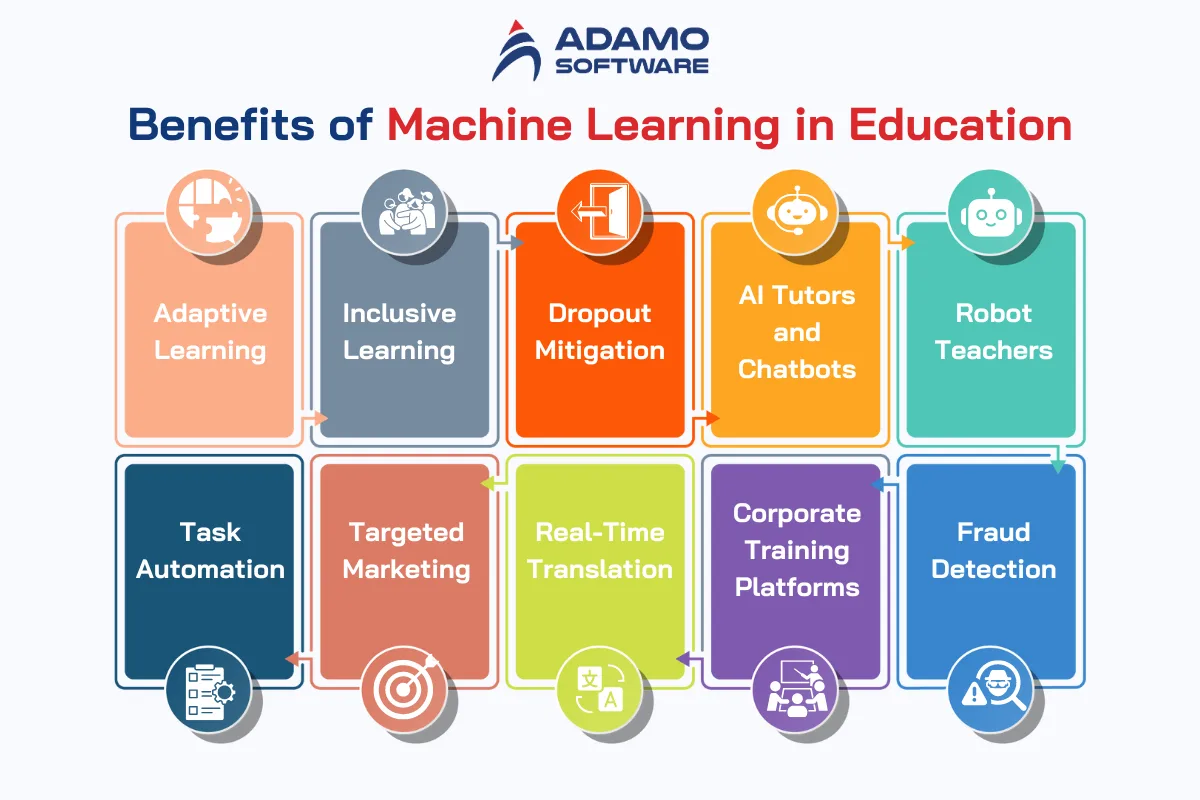Some Ideas on Bioinformatics Tutor You Need To Know
Table of ContentsBioinformatics Tutor Fundamentals ExplainedThe Single Strategy To Use For Bioinformatics TutorBioinformatics Tutor - An OverviewThe Bioinformatics Tutor PDFsThe Greatest Guide To Bioinformatics Tutor
Of the total amount participants entailed in the training, 80% were trainees from public college organizations, while the staying 20% came from exclusive institutions. To receive a certificate of participation, pupils were needed to attend a minimum of 90% of the complete training hours. As a result of this need, an outstanding 95% of the individuals successfully acquired their certificates, having not only fulfilled the minimum attendance criteria however likewise completed all assigned activities throughout the training.
During the height of the COVID-19 pandemic, specifically between June and August 2020, the job team was charged with organizing specialized training in bioinformatics. This training was especially focused on pupils from the study group Nucleus for Research study in Applied Computer at the Federal University of Pará (UFRA) The adaptation to remote discovering systems because of the pandemic created a chance to discover brand-new training approaches and digital tools that enhanced both reach and effectiveness.
This training course was made to supply an available yet thorough summary of Artificial Intelligence methods, especially as applied in bioinformatics (Bioinformatics Tutor). This digital format enabled engagement from pupils throughout Brazil, several of whom could not have had the possibility to attend in-person sessions.
How Bioinformatics Tutor can Save You Time, Stress, and Money.
About 50% of the total training hours were dedicated to practical activities where trainees constructed intelligent designs and applications in a range of clinical domain names, consisting of genetics, molecular biology, and ecological information evaluation. These systems enabled trainees to involve in real-time data control, model training, and algorithm experimentation.
Sixty of them were associated with numerous higher education and learning organizations in the state of Pará, while the remaining twenty came from organizations situated in five various other Brazilian states. By introducing Artificial Knowledge in a pertinent and practical context, the campaign offered to link the space in between concept and real-world application, supplying pupils with a solid structure for future research or work in the field.
The training initiative formed part of a more comprehensive academic outreach effort called the Bioinformatics on the Road project. visit the site This job has, over the years, presented lots of students to the world of bioinformatics and computational biology. The events held under this umbrella initiative have taken location throughout several areas and years, as summed up in Table 1 (Listing of events, locations, years, and complete numbers of trainees and teachers)
Numerous of these groups, at first brought with each other by their engagement in training events, have since gone on to create independent clinical research in collaboration with local academic establishments. The training not just fostered clinical reasoning within the context of bioinformatics however additionally sparked joint connections that expanded past the training atmosphere.
Everything about Bioinformatics Tutor
The exact same group, leaving out IH and RR, also acted as tutors for the sensible training components. Funding for the task was provided with the give 88887.200562/ 2018-00 from CAPES.
The Federal College of Pará's Workplace of Research (PROPESP/UFPA) additionally offered economic support, especially for the production of the last manuscript. The authors declare no business or economic problems of passion that might have influenced the study. All interpretations and opinions revealed in this try these out post are exclusively those of the authors and do not necessarily show those of their respective organizations, the author, editors, or customers entailed in the publication procedure.

A Biased View of Bioinformatics Tutor
From an instructional perspective, the training strategy utilized in the training was purposefully interactive. Courses were carried out in a manner that encouraged trainee involvement and discussion, surpassing memorizing memorization to check out how ideas are established, used in every day life, and examined in academic setups. The training approach concentrated on nurturing both solid and struggling trainees, providing personalized assistance, and structure self-confidence via continual mentorship and perseverance.

Each team, containing approximately 36 participants, was supported by 3 advisors-- the majority of whom were postdoctoral researchers with specific experience. These mentors not only assisted create the team projects but also facilitated their implementation, making sure that each research study concern was both relevant and appropriately tough. The objective was to give a biologically practical context that individuals might check out with flexible objectives and access to curated datasets.
For extra understandings right into the methodology and outcomes of this project-based learning strategy, readers are guided to S1 Text, that includes in-depth summaries of the pedagogical structure, examination strategies, and project motifs used in the training sessions.
The Best Strategy To Use For Bioinformatics Tutor
Of the total individuals included in the training, 80% were students from public greater education and learning institutions, while the continuing to be 20% came from private establishments. To qualify for a certificate of involvement, pupils were called for to go to at the very least 90% of the total training hours. Significantly, beyond the pupils that registered in the training sessions, 7 skilled teachers took part in delivering the training courses, while 3 specialized research study professors coordinated the Your Domain Name total training process. Roughly 50% of the complete training hours were committed to functional tasks where pupils constructed intelligent designs and applications in a variety of scientific domains, consisting of genes, molecular biology, and ecological data evaluation. The training not only fostered scientific thinking within the context of bioinformatics however additionally stimulated collective relationships that prolonged beyond the training environment.